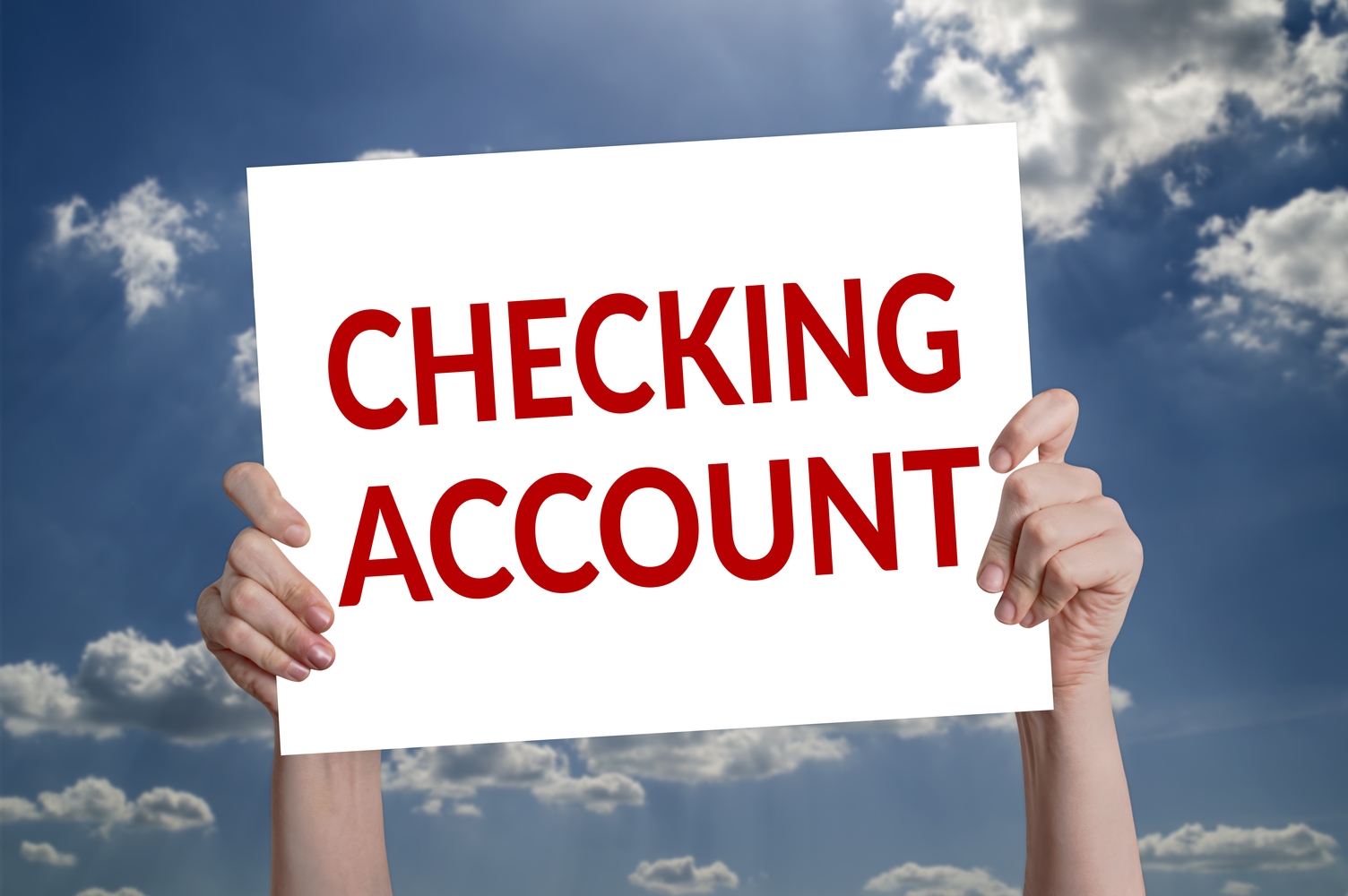The Ultimate Guide to Setting Up a Digital Bank Account in 2024
This comprehensive guide explains how to open a digital bank account in 2024, covering essential steps, choosing the right bank, account types, requirements, and common rejection reasons. It aims to help consumers navigate the online banking process efficiently, highlighting the benefits of digital financial services and offering detailed tips for a smooth setup process.

Step-by-Step Process for Opening Your Online Banking Account
Complete Guide to Establishing Your Digital Banking Presence
In today's fast-paced digital world, having a reliable and efficient bank account setup is essential for managing your finances smoothly. A bank account serves as a fundamental tool for handling daily transactions, saving for future needs, and building financial security. Traditionally, opening a bank account involved lengthy visits to physical branches, extensive paperwork, and waiting times. However, with the advent of digital banking, the process has been revolutionized, making it faster, more convenient, and accessible from anywhere.
Switching to an entirely online banking system removes the hassle of queues and in-branch visits. You can complete your registration from the comfort of your home or on the go, at any time that suits you. This flexibility is one of the main reasons why digital banking is rapidly gaining traction among consumers worldwide. If you're considering opening a digital bank account, understanding the process and requirements can help you make informed decisions and ensure a smooth setup.
If you want to embrace the benefits of digital banking, here’s an extensive overview of what you need to know before opening your online bank account:
Tips for Choosing the Best Digital Bank for Your Needs
Conduct thorough research by comparing multiple banks and their service offerings. Review their terms, policies, and fee structures carefully. Some banks might offer zero-commission accounts, while others might have transaction fees or maintenance charges.
Seek advice from friends, family, or colleagues who already use digital banking services. Personal experiences can provide valuable insights that help you choose a trustworthy provider.
Pay attention to the bank’s customer support system. Reliable and accessible customer service is crucial in case you encounter issues or need assistance.
Evaluate the bank’s ATM network and whether it provides easy access to cash withdrawals in your area.
Prioritize banks with reputable credentials—look for established financial institutions with good reviews and regulatory approvals.
Deciding on the Right Type of Digital Bank Account
Select an account type that aligns with your financial goals and transaction needs. For everyday expenses and bill payments, a checking account is usually most suitable.
If you aim to save money and earn interest, consider opening a savings account with favorable interest rates. These accounts are ideal for setting aside emergency funds or future savings goals.
Some banks offer specialized accounts like business accounts, joint accounts, or student accounts, catering to different demographics and needs. Choose the one that fits your situation best.
Key Requirements to Open a Digital Bank Account
The application process mirrors traditional banking, requiring you to provide essential personal information and documents.
You must be at least 18 years old—most banks set this as the minimum age for account registration.
Have valid identification ready, such as a driver’s license, passport, or national ID card to verify your identity.
In some cases, banks may request your Social Security Number or an alternative tax identification number to comply with regulatory standards.
Fill out the online application form accurately, providing details like your address, date of birth, email address, and phone number.
If an initial deposit is required, funds can usually be transferred via debit card, credit card, or electronic check transfer.
Common Reasons for Application Rejection
If the bank is unable to verify your submitted information—such as mismatched details or unrecognized identification documents—your application might be rejected to prevent identity theft.
Having a history of unpaid debts or financial mismanagement at previous banks can negatively impact approval prospects.
Credit score assessments are typical; a low or poor credit history could result in denial of your application.
Incomplete or inaccurate application forms can also lead to rejection, emphasizing the importance of providing correct and comprehensive details.
By understanding these essential steps and requirements, you can streamline the process of opening a digital bank account. Embracing online banking not only enhances convenience but also offers the opportunity to manage your finances more effectively with modern tools and services. Whether you're a student, a professional, or someone seeking a more flexible banking experience, choosing the right digital bank tailored to your needs can significantly improve your financial management capabilities in today's digital era.





